Lithium: A Critical Mineral
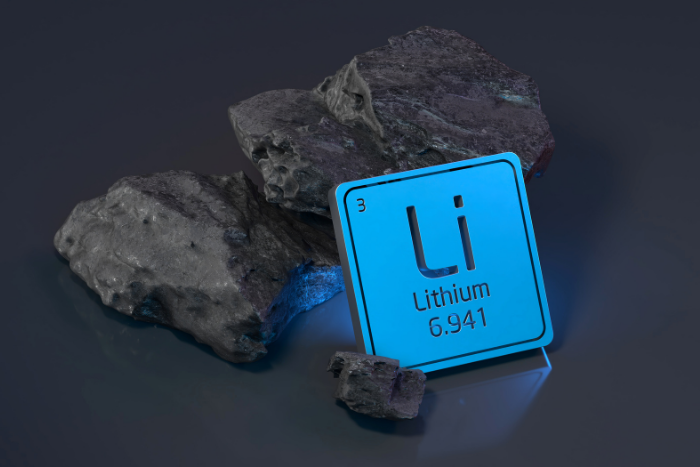
Lithium has been classified as a critical mineral by governments and international organizations due to its essential role in modern technologies and its supply chain vulnerability. As the global shift toward clean energy and electrification accelerates, lithium has become a strategic resource with far-reaching economic and geopolitical implications.
Here’s a breakdown of why lithium is considered a critical mineral, its applications, and what it means for global industries.
1. What Makes Lithium a Critical Mineral?
A critical mineral is defined as one that is vital to the economy and national security but faces a high risk of supply disruption. Lithium qualifies due to:
- Its essential use in lithium-ion batteries for EVs, smartphones, laptops, and energy storage systems.
- Geopolitical concentration of supply, with a few countries dominating production and processing.
- Environmental and logistical challenges in extraction and refining.
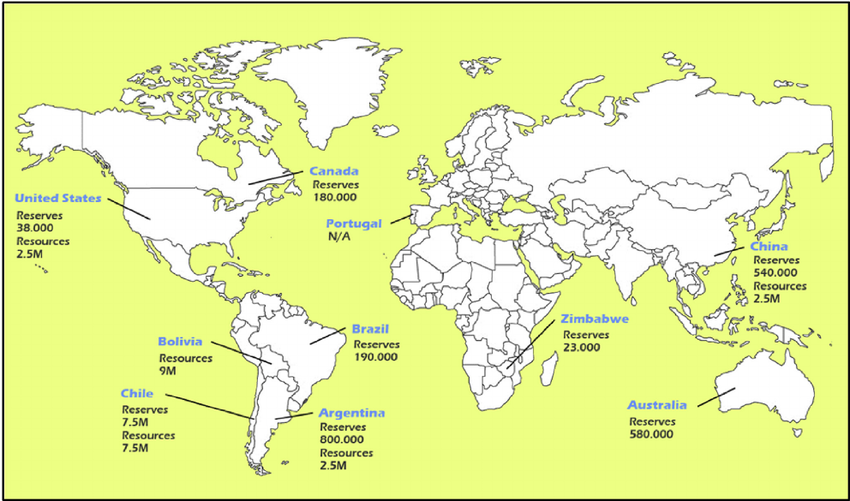
2. Key Applications of Lithium as a Critical Mineral
Lithium’s unique properties—light weight, high electrochemical potential, and thermal stability—make it indispensable in several high-tech and green energy sectors:
- Electric Vehicles (EVs): Lithium-ion batteries power the growing EV industry.
- Renewable Energy Storage: Grid-scale batteries store solar and wind energy.
- Consumer Electronics: Smartphones, tablets, and laptops rely on lithium batteries.
- Defense and Aerospace: Used in lightweight, high-performance battery systems.
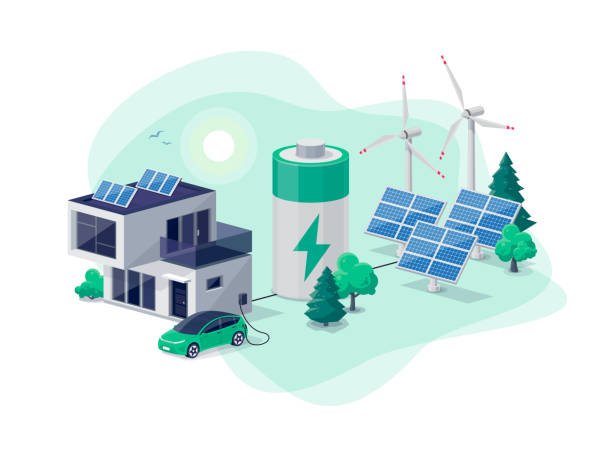
3. Global Classification of Lithium as a Critical Mineral
Governments around the world have officially recognized lithium as a critical mineral:
- United States: Listed by the USGS and Department of Interior as a critical mineral since 2018.
- European Union: Included in the EU’s Critical Raw Materials Act.
- Canada and Australia: Both nations prioritize lithium in national resource strategies.
- China: Dominates lithium processing and considers it strategically important.
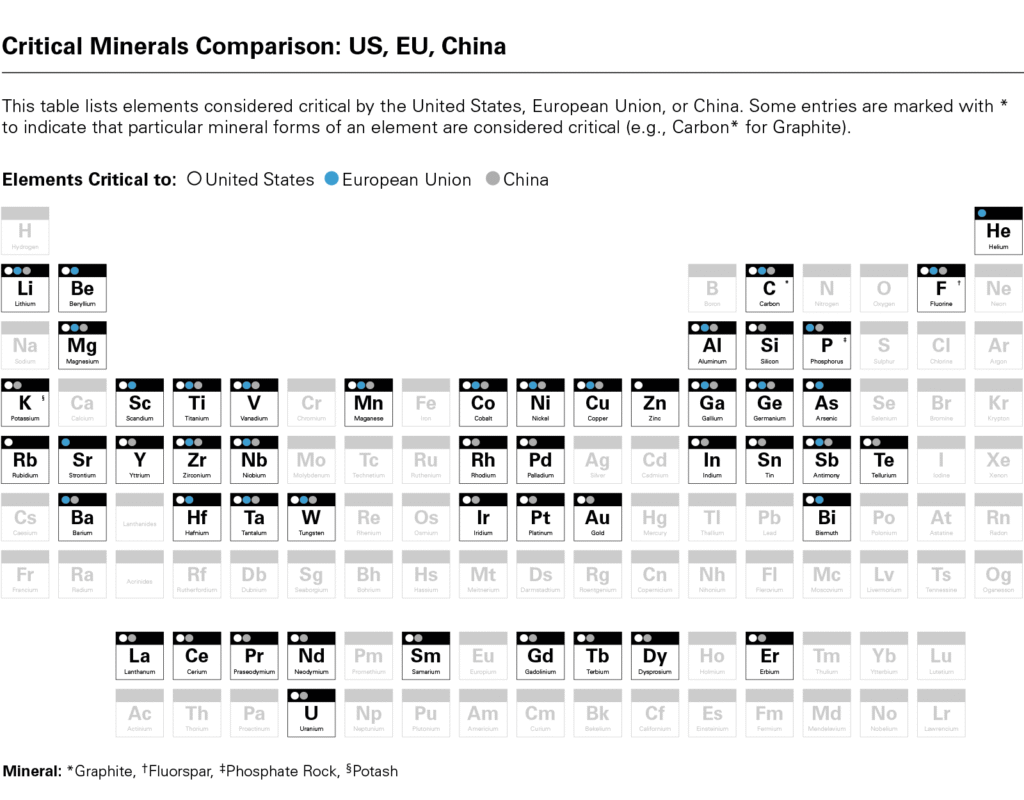
4. Supply Chain Challenges and Strategic Reserves
Despite its importance, lithium supply is vulnerable to:
- Geopolitical tensions affecting trade routes.
- Mining delays due to environmental concerns or permitting issues.
- Refining bottlenecks, especially in converting raw lithium into battery-grade material.
To mitigate risks, countries are investing in domestic mining, recycling, and alternative battery technologies.
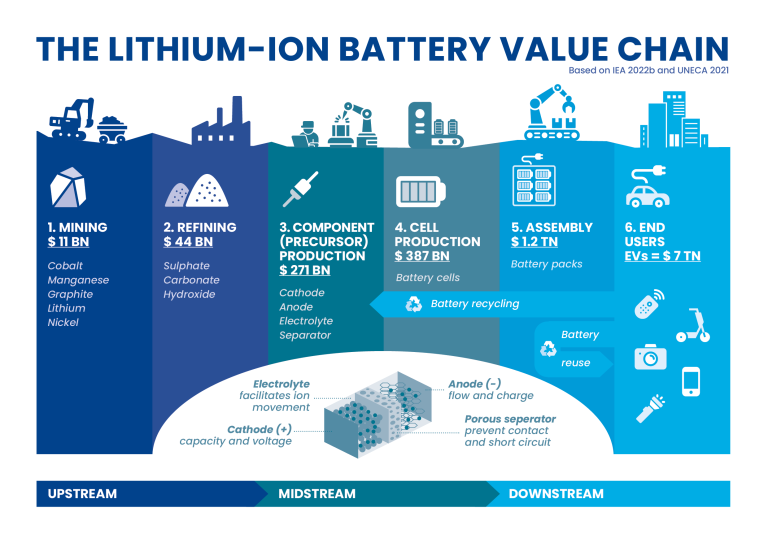
5. The Future of Lithium as a Critical Mineral
With global lithium demand expected to grow exponentially through 2030 and beyond, securing a stable supply is a top priority for governments and industries. Investments in:
- New lithium projects in North America, Africa, and Europe.
- Direct lithium extraction (DLE) technologies for cleaner production.
- Battery recycling to recover and reuse lithium.
…are shaping the future of lithium as a critical mineral.
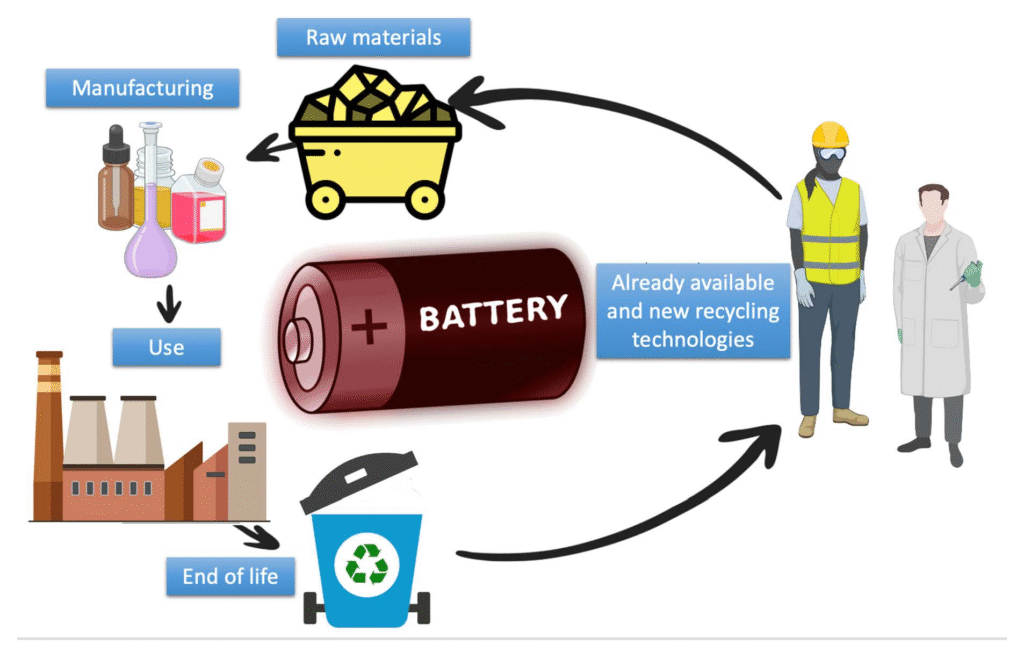
FAQs
Q1: Why is lithium considered a critical mineral?
A1: Because it is essential for modern technology and energy systems, yet its supply is concentrated and vulnerable to disruption.
Q2: Which countries classify lithium as critical?
A2: The U.S., EU, Canada, Australia, Japan, and South Korea all recognize lithium as a critical mineral.
Q3: How does lithium affect national security?
A3: Dependence on a few countries for lithium supply can create economic and strategic risks, especially for defense and clean energy sectors.
Conclusion
Lithium’s designation as a critical mineral reflects its strategic importance in driving the global transition to clean energy and advanced technology. As demand rises, ensuring a secure, sustainable, and diversified supply of lithium will be essential for economic growth and technological innovation.

